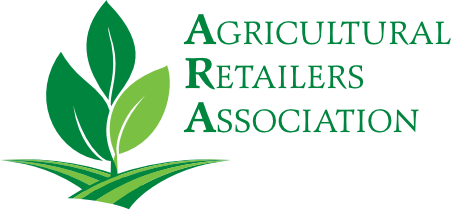How to Minimize Resistance Risk
Mar 09 2021
Washington agronomist stresses need to rotate modes of action
Rotating herbicide modes of action is a crucial component of a resistance management plan, especially for those wheat growers who include chem fallow in their rotation plan.
Chem fallow may help farmers manage production costs and conserve soil moisture for future crops. However, the practice is also associated with a disproportionate number of herbicide applications made to crop-free fields, increasing the potential for resistance development.
“Fallow is all about recharging the soil with moisture. Rainfall moisture is critical. We need a good flush of moisture for our herbicide treatments,” says Kyle R. Young, an agronomist with Helena Chemical (Agri-Enterprises) in Eltopia, Washington.
With chem fallow becoming more common, glyphosate resistance is similarly building, and additional modes of action are needed during the wheat growing season to combat potential resistance development.
“Farmers are often spraying glyphosate, a Group 9 herbicide, multiple times per year. That was not previously a common practice,” he says.
As a result, Young looks for alternative modes of action in winter wheat to rotate away from the Group 9 mode of action.
Young’s main weed targets for winter wheat include downy brome, Russian thistle and prickly lettuce. Frequently moving on to the more troublesome weeds list are marestail, Italian ryegrass and kochia.
While a fall herbicide treatment offers warmer conditions, smaller weeds and fewer temperature extremes, weather and environmental conditions, including insufficient soil moisture, sometimes necessitate a spring spray.
“We do anything we can to hold weeds back and get them when they are small. If weed control is pushed to the spring, you may be facing exacerbated weed issues,” he says. “Our goal is to control grass weeds in the fall and broadleaf weeds in spring. We need to capitalize on what Mother Nature gives us. In good years, we don’t pull back the throttle.”
In spring, Young’s go-to weed control recommendation includes WideMatch® herbicide.
“The proof is in the pudding,” he says. “We look at fields after harvest, and they are spotless. Competing products just don’t have the residual.”
Young considers WideMatch the standard for prickly lettuce and marestail control. For improved control of Russian thistle, he adds 2,4-D to the mix.
And now cereal producers have a new tool with the registration of WideARmatch™ herbicide. WideARmatch incorporates well into a spring weed control program, offering control of Russian thistle, kochia and dogfennel (mayweed chamomile).
“With WideARmatch, you get the benefit of a Group 4 mode of action,” Young says. “We don’t want to breed resistance. We are already fighting glyphosate resistance and Group 2 resistance. Our goal is to get two, if not three, modes of action in the tank.”
“WideARmatch and PowerFlex HL herbicides together in the spring will take care of almost every weed that is out there,” Young says. If the crop growth stage permits, he adds 3 to 4 ounces of metribuzin to the tank mix to provide additional control of downy brome and goat grass.
To learn more about the next generation of weed control in cereal crops, visit WideARmatch.Corteva.US.
